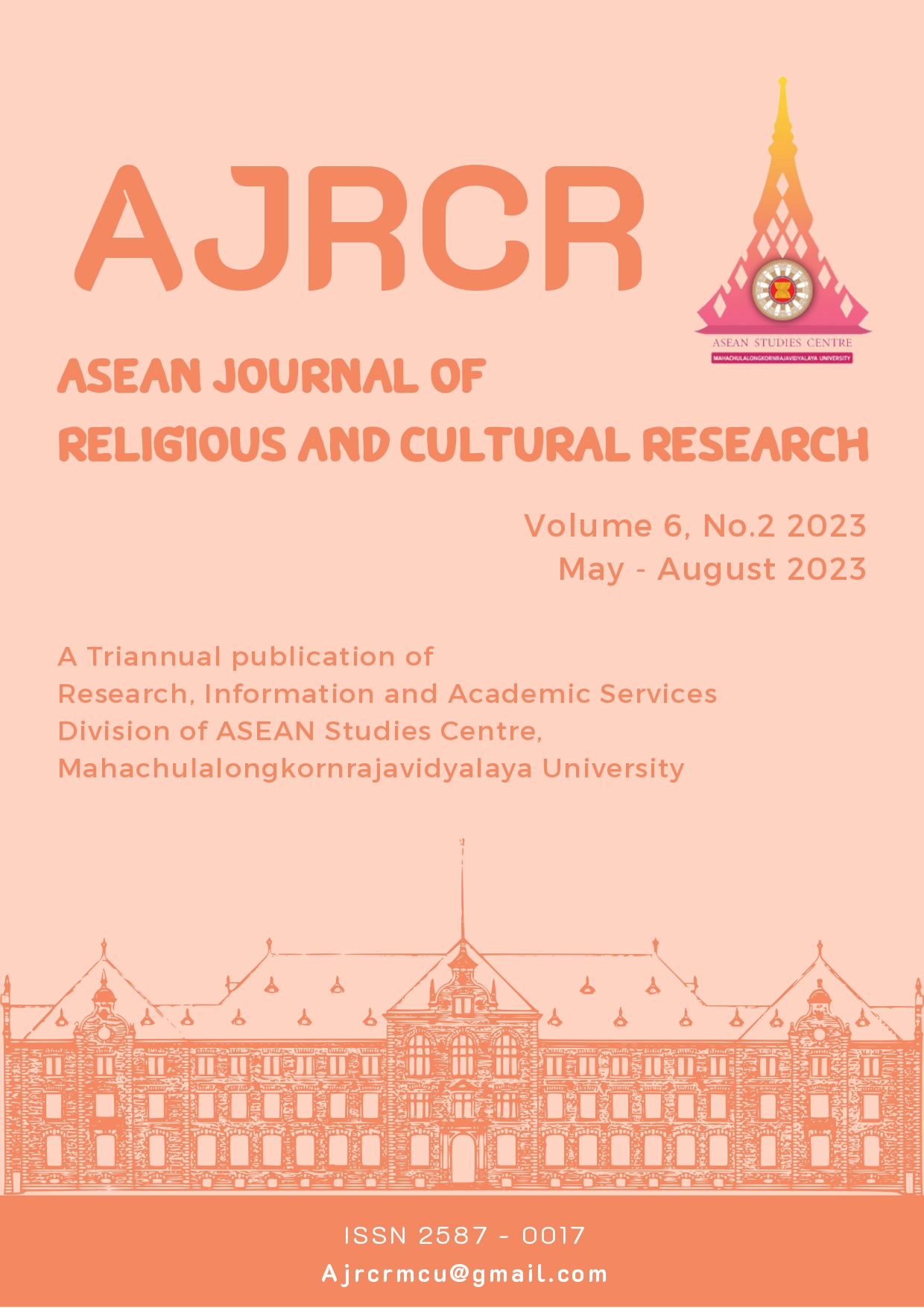Development Process of Effectiveness Model for the Administration of Student Care and Assistance System based on Buddhadhamma in Secondary Schools
Keywords:
Development Process, Effectiveness Model, Student Care and Assistance SystemAbstract
The purpose of this study was to study the model development process for the effectiveness of student care and assistance system administration according to Buddhist principles in secondary schools. A qualitative study method was used by studying relevant documents, interview and review by focus group discussion, analyze the data by analyzing content and then summarizing it into essays. The results of the study concluded that the modeling process for the effectiveness of student care and assistance system administration according to Buddhist principles in secondary schools was divided into 6 steps, consisting of: Step 1: Study the model components by reviewing documents and related research. Step 2: Synthesize elements from in-depth interviews. Step 3: Connect the relationships of the elements to form a grounded theory. Step 4: Develop a causal relationship model called “Structured Equation Model (SEM) of Secondary School Administration Effectiveness Model for Student Assistance System based on Buddhist Principles” through group discussion (Validation), Step 5: Support for cooperation or participation, Step 6: summarized the model of the effectiveness of the administration of the student care and assistance system according to Buddhist principles in secondary schools. The process of developing this model can be summarized as studying constituents – synthesizing variables – correlating – developing the model – checking with focus group – summarizing the model.






